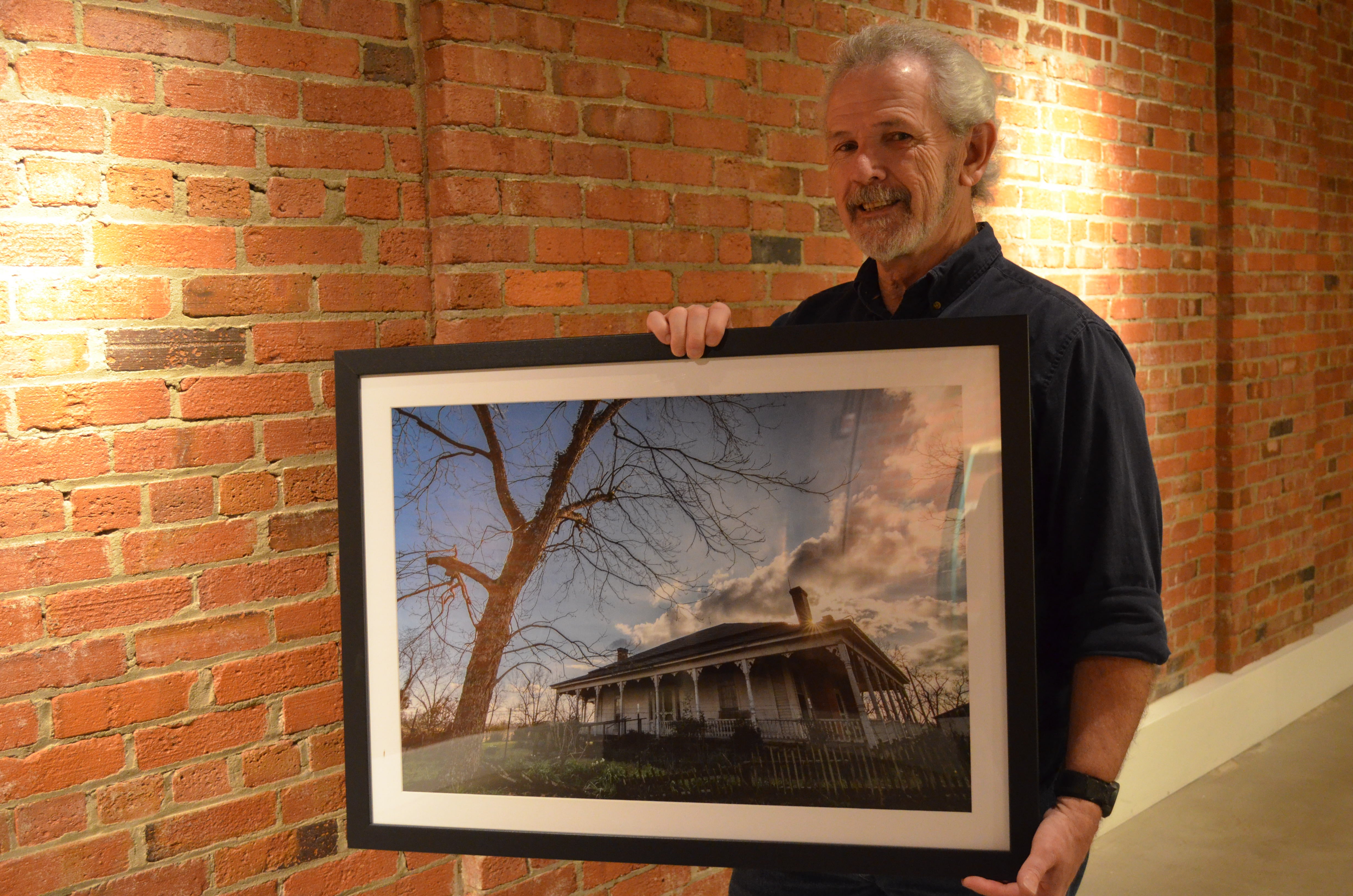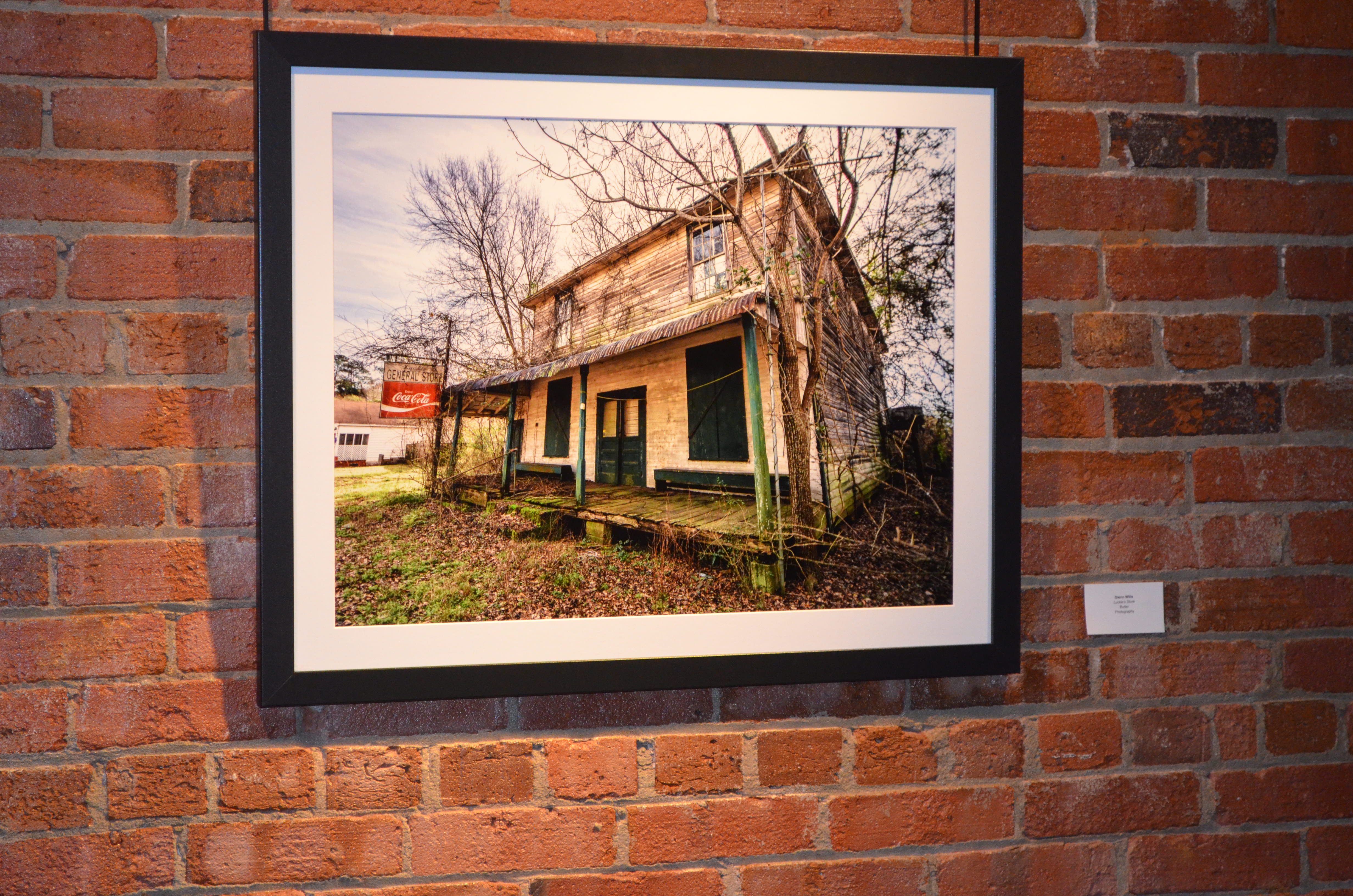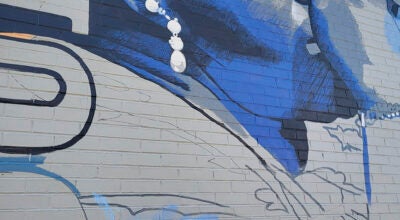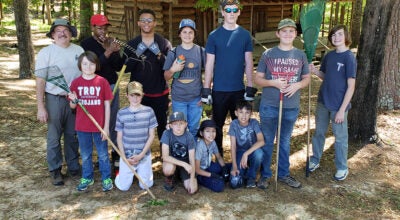FORGOTTEN ALABAMA: Capturing the past to benefit the future
Published 8:24 pm Friday, March 13, 2020
|
Getting your Trinity Audio player ready...
|
Glenn Wills is not a prideful man. But, he’s not an aw-shucks kind of guy either. He’s somewhere in between.
And, in that place, Wills is masterful.
Wills’ “Forgotten Alabama” exhibition at the Johnson Center for the Arts is testimony to that. And, what better place for Wills’ photography show than the JCA, which is chiseled in the cornerstone of Troy’s downtown history.
Wills was right at home in the lower gallery of the art center. The brick walls, the alcoves framing his artwork and the natural light creeping into cornered places combined to make perfect place for him and his art. Mills was at the JCA to deliver his photographs for the exhibition that will run through April 18.
He unpacked the photographs of fading and vanishing scenes across “Alabama the Beautiful” as if they were cherished photographs of the places of his childhood. And, in a way they are.
Wills is a self-proclaimed explorer, photographer, author and preserver of history. However, he admitted that he didn’t grow up with a Brownie camera in his hand, scouring the countryside for subjects to capture and preserve for future generations.
He had to grow into that.
Wills grew up in Huntsville and worked in television before he retired, sometimes filming kids at playschool and other times chasing hurricanes around the state.
He traces his fascination for old photographs back to 1970, when he was working for a chimney sweep, who owned a Victorian home in Huntsville.
“All around the house there were old photographs –black and white photographs,” Wills said. “I don’t know why I was so drawn to those old photographs but I was. And, as I traveled around that state, I started to notice things that I had not noticed before. Not the kind of things tourists would notice, the things that nobody was noticing.”
Around 2007, Wills said he was on the road, working an assignment and just happened to notice a rusted-out car languishing in the bushes.
“I got out to look and found it was not one car but a whole junkyard of old automobiles, some that might be called classics and they were all rusting away,” he said.
Wills didn’t say he had flashbacks to that old Victorian home with its walls lined with aging black and white photographs. But he did say he stood there wishing he could capture that scene for all to see rather than just hold it in his memory.
“I didn’t have a camera that day but I’ve never traveled without one again,” he said.
Those old, rusty cars inspired Wills’ hobby as a camera bug whose main interest is “Forgotten Alabama.”
When Wills retired, he retired to capture the past for the future.
For the past 10 years and counting, Glenn Wills has traveled throughout the state. He might not know every crook and cranny in the state but he knows most of them.
“I’ve been to every county in the state, all 67,” he said. “Along the way, I’ve logged more than 50,000 miles and taken about that many photographs.”
Some of Wills’ photographs are black and white, others are color but each has the unique ability to “capture Alabama dissolving around us,” said Carter Sanders, a local clay artist and patron of the arts.
“Glenn Wills’ exhibit is amazing,” Sanders said. “His ability to capture fading Alabama is almost unbelievable. His photograph of ‘Stars Fell on Alabama’ is the most amazing photograph I have seen. He said it took him many trips to capture that scene. All of his photographs are just as impressive.”
Included in the exhibition is a color photograph of the Pierson house on Tennille Road near Brundidge.
“It is most impressive, too,” Sanders said. “There is not one photograph in ‘Forgotten Alabama’ that will not hold your interest. I encourage everyone to take time to see this exhibit. It is amazing.”
Sanders said he is looking forward to hearing Wills’ artist talk at the JCA reception in his honor from 6 until 8 p.m. on March 26. Everyone is invited.
The Johnson Center for the Arts is open from 10 a.m. until 5 p.m. Wednesday through Friday and until 3 p.m. on Saturday. Admission is free.






